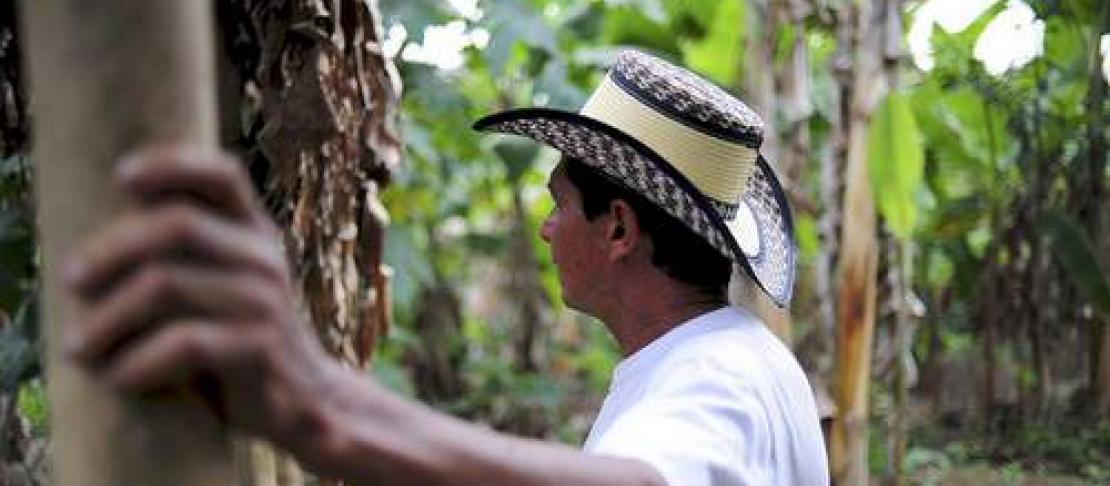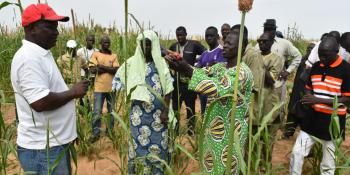Can Colombia lead the way to the agriculture of the future?

The sector is affected by a range of factors, from climate, to socio-economics, to international trade policy. What’s more, climate change is unprecedented and adaptation is thus a work-in-progress; there are very few – if any – past examples to learn from.
All of which makes the end-to-end process of agricultural adaptation a difficult one to visualize.
These obstacles didn’t stop participants at the “Climate-Smart Agriculture: A Model for Global Action” forum, organized by the Inter-American Development Bank (IDB) and the Colombian Embassy last week in Washington, D.C., from pulling the pieces together in an attempt to lay out a plan for investment and innovation in agricultural adaptation across the whole of Latin America. Fortunately, the region does have a flag bearer: Colombia.
Colombia, along with Brazil, is considered a pioneer when it comes to climate change issues and the development of National Adaptation Plans. Andy Jarvis, climate change expert at the International Center for Tropical Agriculture (CIAT) in Cali, Colombia, made the case to IDB and ministry officials that Colombia is taking the lead on adaptation approaches that could well be scaled out to the rest of Latin America.
For the full story by Caity Peterson and Melissa Reichwage, visit the IDB Let's Talk Climate blog.
Tambien en español: BID Hablemos de cambio climático
Caity Peterson is a visiting researcher based at the International Center for Tropical Agriculture (CIAT) in Colombia, working in the CGIAR Research Program on Climate Change, Agriculture and Food Security (CCAFS).
Melissa Reichwage is Development Coordinator for Resource Mobilization at the International Center for Tropical Agriculture (CIAT).



